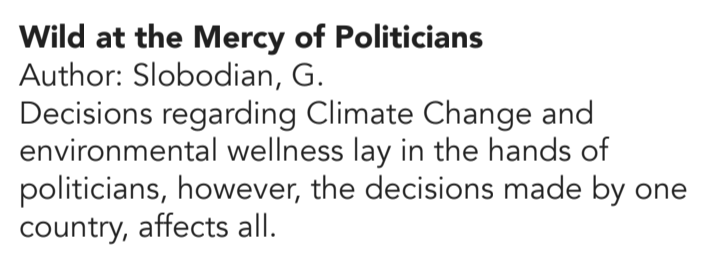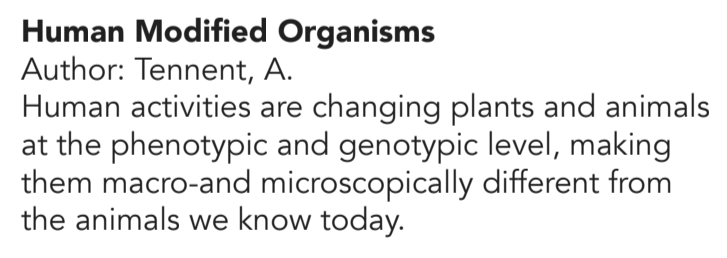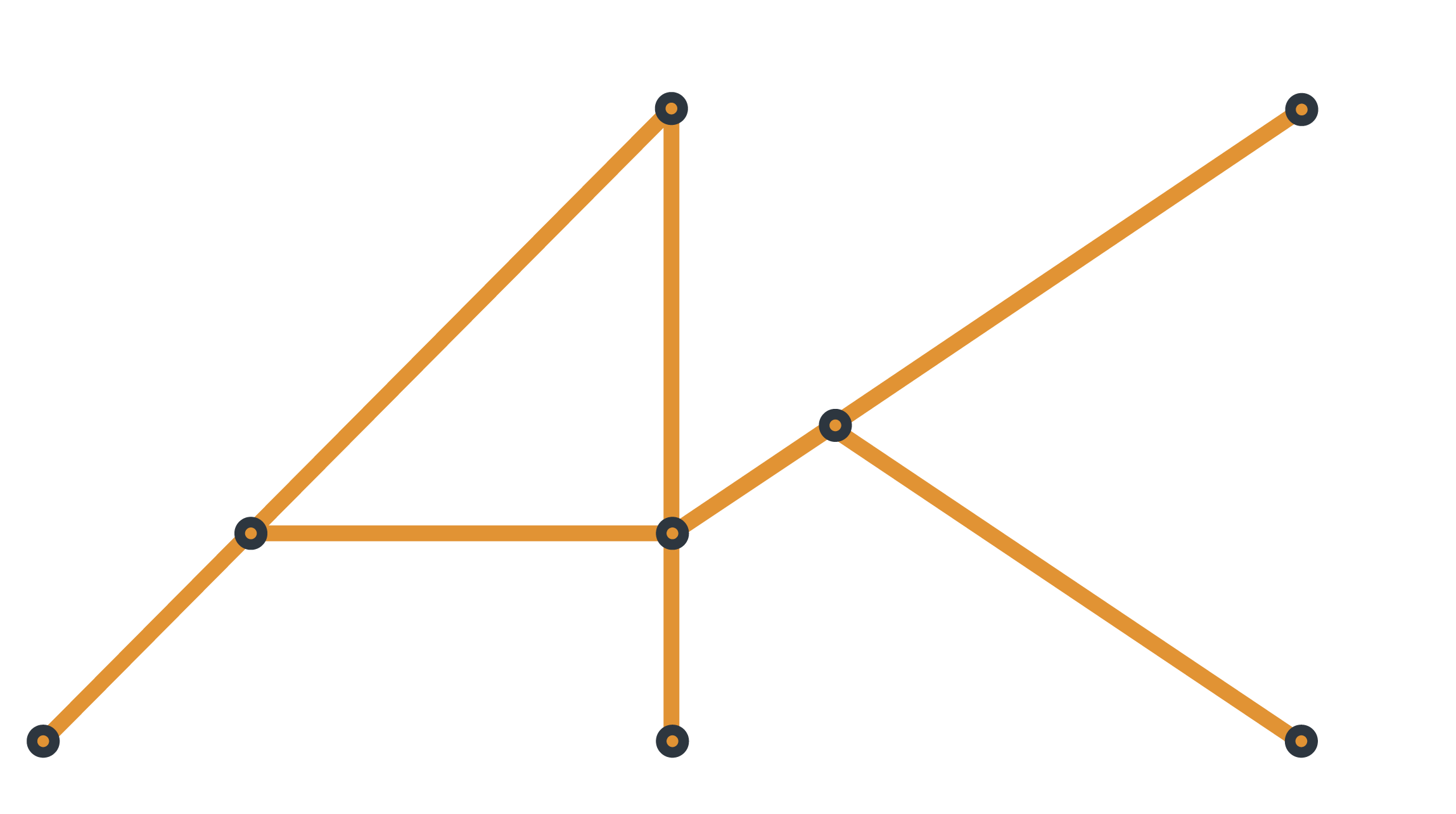With the forethought of visualizing how the future of 'the Wild' would look like, this futures project was initiated with the idea of Nature being a physical base for technology i.e., data integration/storage into plant cells. This collaborative project is set 20 years into the future, year 2040, which uses foresight methods to build a holistic picture of potential futures flourishing in the most radical scenarios.
Design methodologies used:
Trend analysis, Manoa method, STEEPV, Scenario building, Backcasting, Day in the life
The 'Wild' is studied in context as Nature for the purpose of this project. Nature may be manipulated, transformed, worshipped and destroyed. Considering this, the changes witnessed up until this point will pale in comparison to those which lie before us. As our society grows increasingly complex, we believe that it is of the utmost importance to take into consideration the transformation of Nature as Technology.
Approach
In order to develop futuristic scenarios, we first captured the latest trends that have potential to affect future outcomes. An environmental scan was conducted for current trends and events related to the Wild.
With the large number of trends that came up, the Manoa method and STEEPV methods were used to narrow down focus for drawing futuristic intervention.
Scenarios are hypothetical but qualitatively distinct visions of how the future unfolds. These were drawn by following through STEEPV to ensure the predicted futures were tackled holistically.
Methodologies
Trend Analysis
Various sectors of research were explored to outline signals of the future. To encompass a wide and holistic search, STEEPV (Social Technological, Economical, Environmental, Political and Value) Some are listed below.
Various sectors of research were explored to outline signals of the future. To encompass a wide and holistic search, STEEPV (Social Technological, Economical, Environmental, Political and Value) Some are listed below.


Manoa Method
Using the information generated from Trend Analysis, our theme was tied into the Manoa method activity, an explorative and generative tool. The four trends used to build it out: Genetically Modified Nature, Space Exploration and Modification, Frontiers, and Climate Messiahs (Religion and Nature). Since there seemed to be an overlapping theme of Nature and Technology, it was added as a fifth trend. This step was essential to ensure that the trends rightfully displayed connections.
Using the information generated from Trend Analysis, our theme was tied into the Manoa method activity, an explorative and generative tool. The four trends used to build it out: Genetically Modified Nature, Space Exploration and Modification, Frontiers, and Climate Messiahs (Religion and Nature). Since there seemed to be an overlapping theme of Nature and Technology, it was added as a fifth trend. This step was essential to ensure that the trends rightfully displayed connections.
STEEPV
Following this tool, we worked each scenario through STEEPV to ensure we tackled relevant topics in the predicted futures. In this, we developed narratives to follow throughout the development process.
Following this tool, we worked each scenario through STEEPV to ensure we tackled relevant topics in the predicted futures. In this, we developed narratives to follow throughout the development process.
Scenarios
Scenarios were built with an overview of how the future would look like. To support the four hypothetical scenarios, a backcast was defined for each, outlining major events that need to be achieved, working backwards since 2040.
Reflecting on the four futures, a 'designed future' was developed to demonstrate what may occur if one of the scenarios were to come to life. The designed future, 'When Amazon is the Amazon' discusses the possibility of bio enhanced plants, more specifically the possibility of storing data in the DNA of plants - particularly trees. An overview of what this future will look like is summarized below along with a backcast timeline and a mockup news set in the distant future.
What does the future news bulletin look like in 20 years about integrating data in technology?
Designed Future
To offer a provocative and eye opening experience to the future of Internet forests, a mock United Nations (UN) meeting was organized for a large diverse group to discuss the options to centralize or decentralize Organic Internet Forests around the world. This allows for interactive audience participation as well as the opportunity to design their own 'future of the future' bringing a participatory experience to the activity.
The participants were given a scenario context along with materials which were sent out in advance to familiarize themselves with the activity. These materials included a video explaining the current (2040) scenario, a personalized memo (including countries, corporations and media), a protocol explanation and meeting agenda. Participants were asked to vote for resolution amendment to policies pertaining to laws around Organic Internet Forests. Online tool, Poll Everywhere, was used for remote engagement with participants due to pandemic.
A facilitation toolkit was also designed for the benefit of anyone who would want to hold a mock UN meeting for future from scratch. It can be accessed from the dossier provided at the end of this page.

